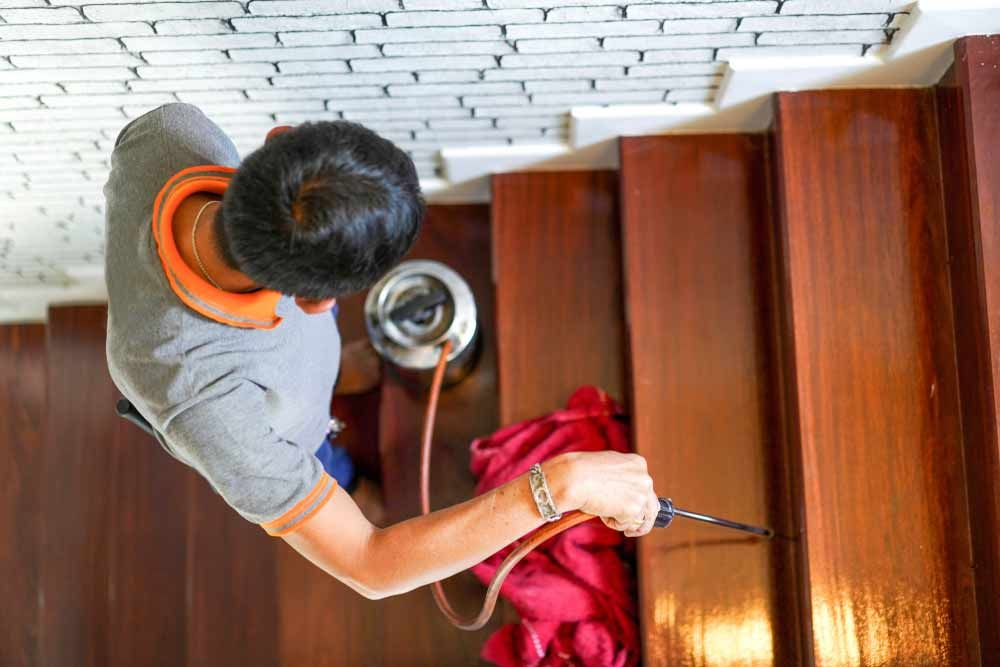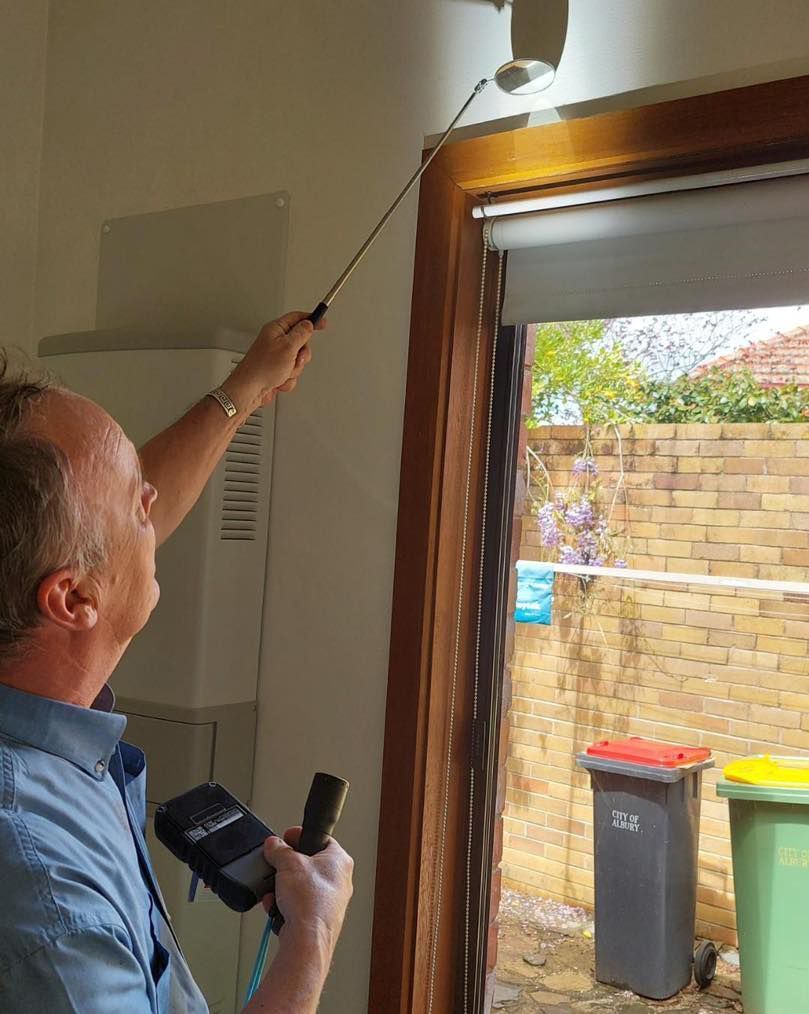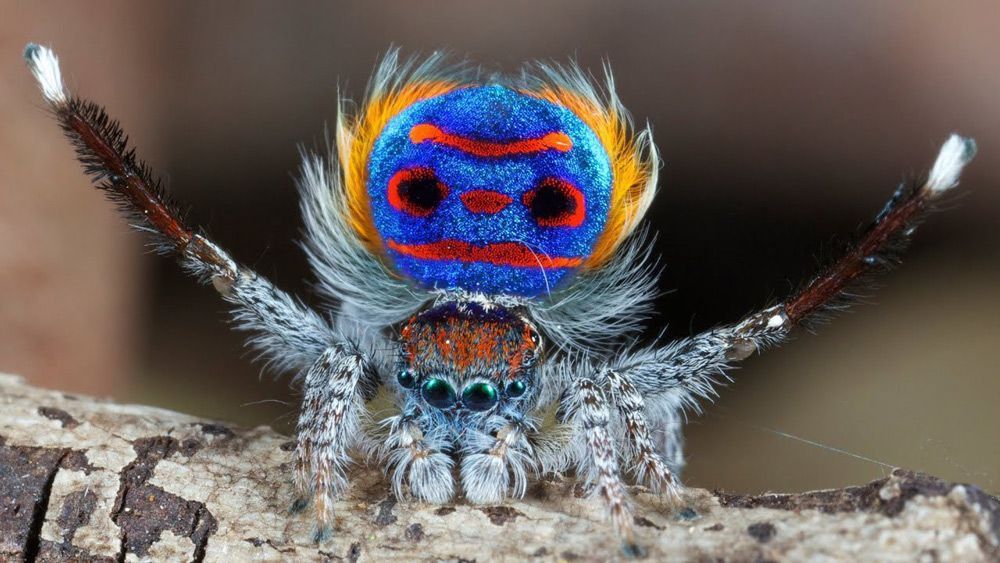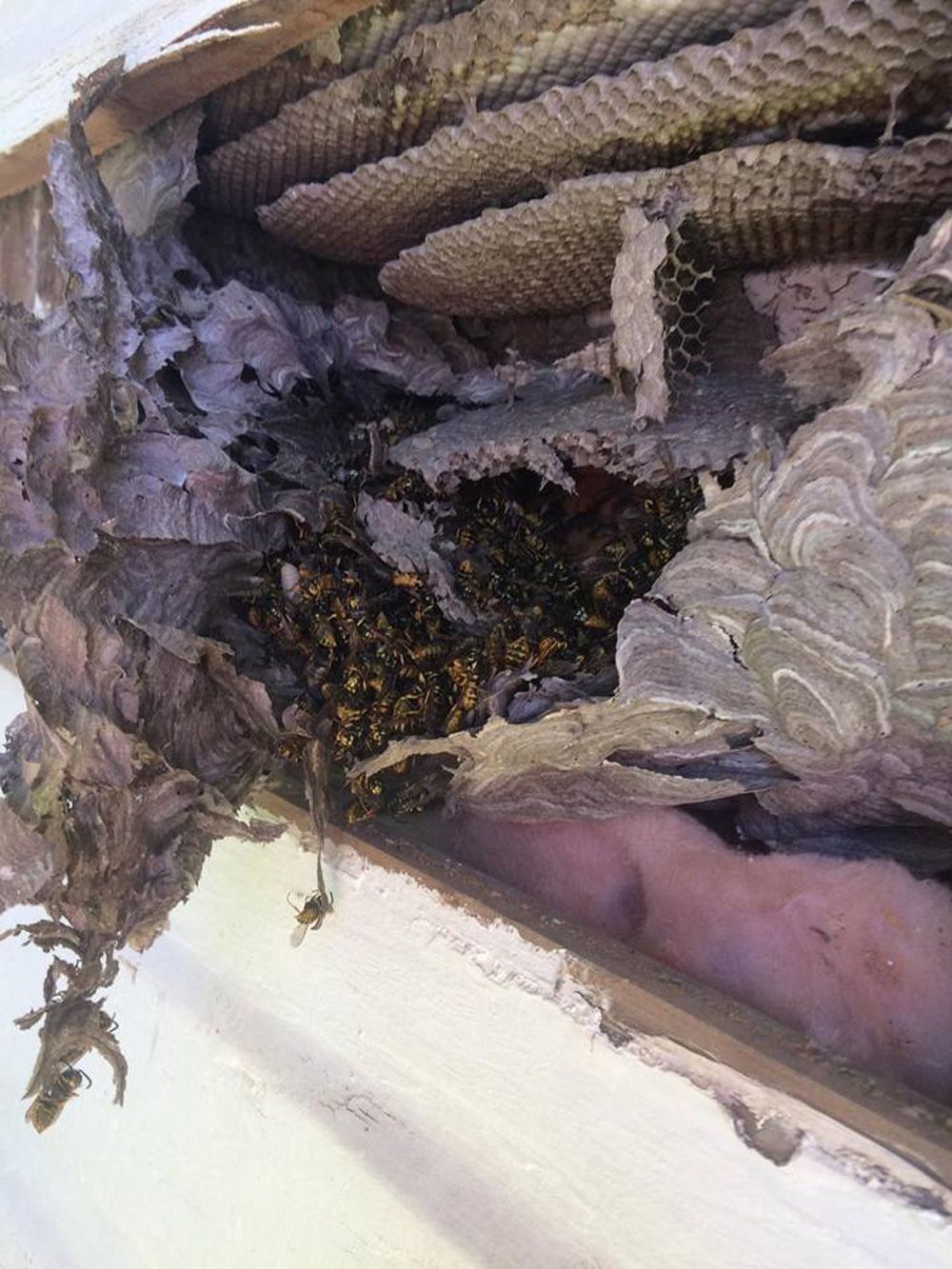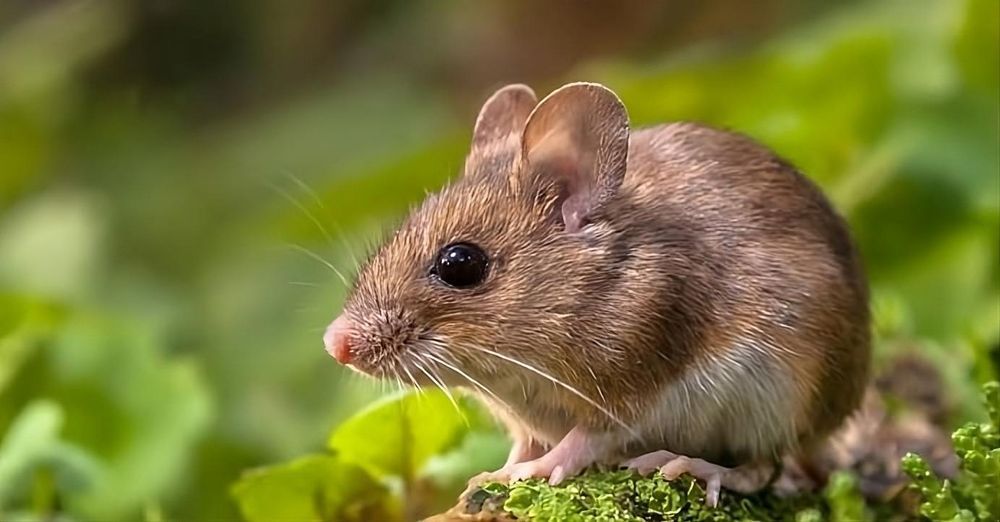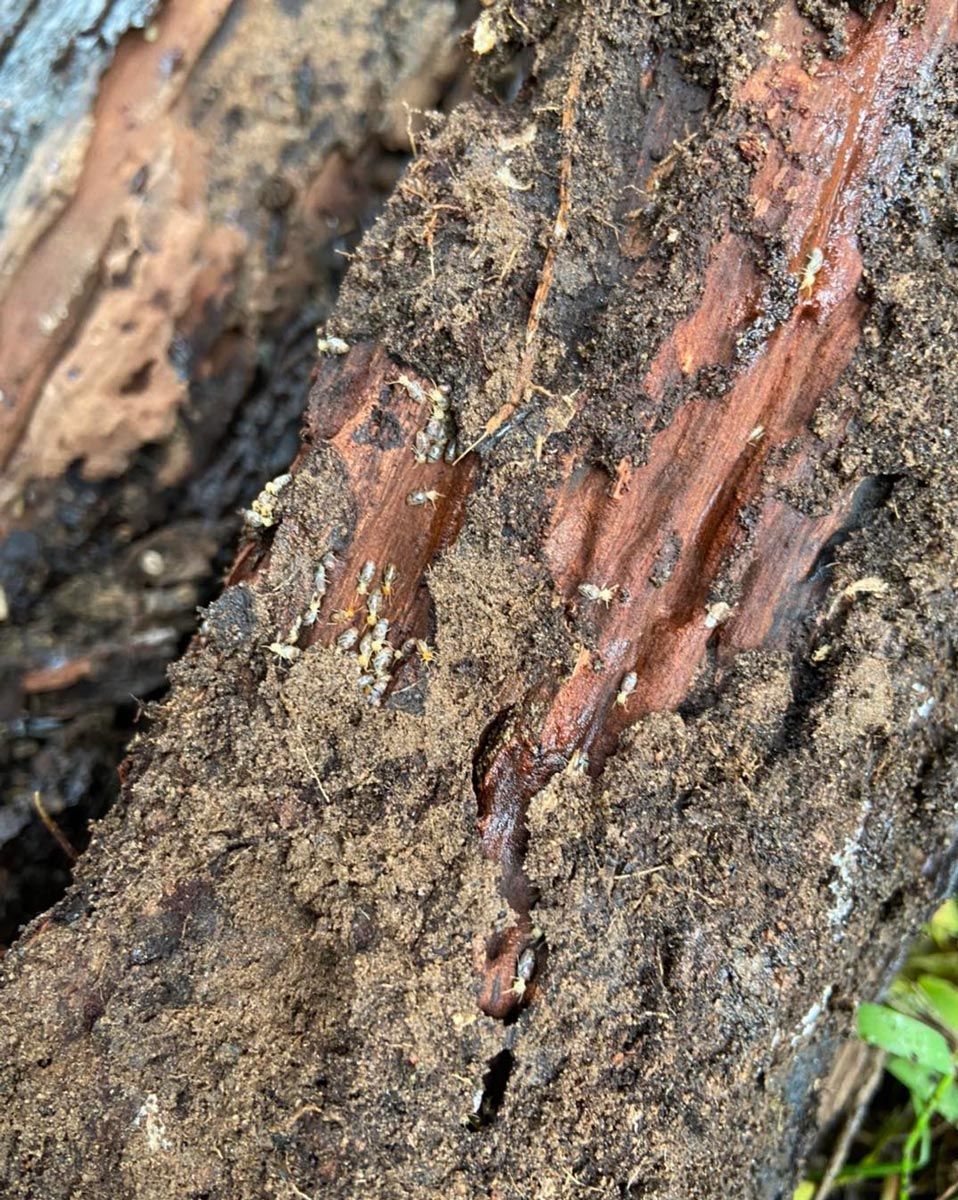What Are Carpenter Bees & What Damage Do They Cause?
Have you noticed round holes appearing in timber beams, fencing, or decks around your home? If so, you might be dealing with carpenter bees. While they resemble common bumblebees, carpenter bees are a very different species—particularly in how they interact with your property. Unlike honey bees, which build hives, carpenter bees bore into wood to create nests, often leaving a trail of structural damage in their wake.
In this blog, we’ll explain what carpenter bees are, how to identify their presence, what damage they cause, and why targeted treatment through bee control in Albury is often necessary to protect your home or outdoor areas from long-term deterioration.
Understanding Carpenter Bees: Not Your Average Pollinator
Carpenter bees are large, solitary insects typically ranging from 12 to 25 mm in length. They are often mistaken for bumblebees due to their size and colouring, but one quick way to tell them apart is the sheen on their abdomen—carpenter bees have a smooth, shiny black abdomen, while bumblebees are fuzzy all over.
Unlike social bees that form hives, carpenter bees do not live in colonies. Instead, they carve out individual tunnels in wood, where they nest and lay their eggs. This behaviour is what causes the most concern for homeowners, especially those with timber structures or outdoor furniture.
Where Carpenter Bees Nest
Carpenter bees prefer dry, unpainted, or weathered wood, making many Australian homes and decks prime nesting targets. Common nesting sites include:
- Timber eaves, fascia boards, or roof overhangs.
- Wooden fences, pergolas, and retaining walls.
- Exposed decking, railings, or balustrades.
- Outdoor furniture or play equipment made from wood.
While these bees may not be aggressive by nature, the silent structural impact they cause can be difficult to detect until damage becomes extensive.
What Makes Carpenter Bees a Threat
One carpenter bee may not cause serious issues. But the problem arises when multiple bees target the same area or when the same wood is reused year after year for nesting. Here’s what makes carpenter bees particularly destructive:
Tunnelling Weakens Timber
Carpenter bees bore into wood to create nests that can reach up to 30 cm in length. Over time, these tunnels can weaken the integrity of beams, joists, or fencing, particularly when expanded or reused across seasons.
Entry Holes Invite Moisture & Decay
The small, round entry holes left by carpenter bees allow water to seep into timber. This creates the perfect conditions for wood rot and fungal growth, accelerating decay.
Repeated Nesting Compounds the Damage
Female carpenter bees often return to the same nesting site year after year, expanding existing tunnels or creating new ones nearby. This repeated nesting results in a honeycomb of hidden damage beneath the surface.
Woodpecker Attraction
In regions where woodpeckers are present, the presence of carpenter bee larvae can attract them to the wood, leading to further visible damage as the birds try to access the tunnels.
Signs of Carpenter Bee Activity
Detecting carpenter bee activity early can help prevent significant repair costs later. Some tell-tale signs include:
- Small, perfectly round holes in wooden surfaces (typically 10–12 mm in diameter).
- Fine sawdust (frass) beneath these holes, created as the bee bores through wood.
- Buzzing or hovering bees near timber areas, especially around eaves or railings.
- Yellowish staining beneath holes, caused by waste deposits.
Because the damage often starts inside the wood and isn’t immediately visible, many property owners don’t realise the extent of the issue until larger sections start to show signs of rot, weakness, or collapse.
How Carpenter Bees Differ from Other Bees
Carpenter bees are quite different from the honey bees and bumblebees most people are familiar with. While honey bees are social insects that build hives in trees or wall cavities, and bumblebees usually nest underground or in sheltered areas like sheds, carpenter bees follow a more solitary pattern.
Unlike the other two types, which pose minimal risk when left undisturbed, carpenter bees can present a higher risk—especially to timber structures. They burrow into wooden surfaces to create their nests, which can gradually compromise the integrity of decks, beams, or walls.
Recognising these behavioural and nesting differences can help you determine whether the bee activity around your home is relatively harmless or a potential structural issue that may call for pest control in Albury.
Risks of Ignoring Carpenter Bee Damage
If left untreated, carpenter bee infestations can lead to a range of issues beyond cosmetic damage:
- Structural weakening of beams, supports, and outdoor frames.
- Increased pest activity due to wood rot or secondary nesting.
- Costly repairs to decking, roofing, or furniture.
- Ongoing resale complications due to timber deterioration.
- Health concerns if moisture buildup leads to mould.
These risks highlight the need for prompt inspection and tailored treatment from a professional pest control service—particularly one that offers bee control in Albury with experience dealing specifically with carpenter bee infestations.
Prevention & Control Options
If you suspect carpenter bee activity around your property, there are several steps you can take to minimise damage and deter future nesting:
Seal or Paint Exposed Timber
Carpenter bees prefer untreated or weathered wood. Applying exterior-grade paint or sealant can make your timber structures less attractive to them.
Plug Existing Holes
Filling in old nesting holes with wood filler or caulk prevents bees from reusing the site and reduces moisture penetration.
Remove Attractants
Avoid leaving untreated offcuts, timber scraps, or firewood near your home’s exterior. These can become unintentional nesting sites.
Seek Professional Removal
Because carpenter bees tunnel deep into timber, surface treatments often don’t reach the nest. Professional bee control in Albury can target internal nests using appropriate treatments that are safe for families and pets.
Why Professional Treatment Matters
Treating carpenter bee infestations on your own can be difficult and often leads to partial removal—leaving eggs or nesting tunnels behind. A licensed pest control provider will:
- Identify active and inactive nesting sites.
- Use targeted methods that reach internal nests.
- Safely remove bees without harming beneficial pollinators nearby.
- Provide prevention advice tailored to your property’s layout.
Many homeowners may also confuse wasps with carpenter bees, so calling a pest control provider that also offers wasp control in Albury helps with accurate identification and comprehensive treatment.
Book Wasp & Bee Pest Control Services in Albury Today!
At Border Pest Control, we offer targeted bee & wasp control in Albury, including safe and effective treatment plans for carpenter bee infestations. Contact our local team today to book an inspection and protect your timber structures from long-term damage.


